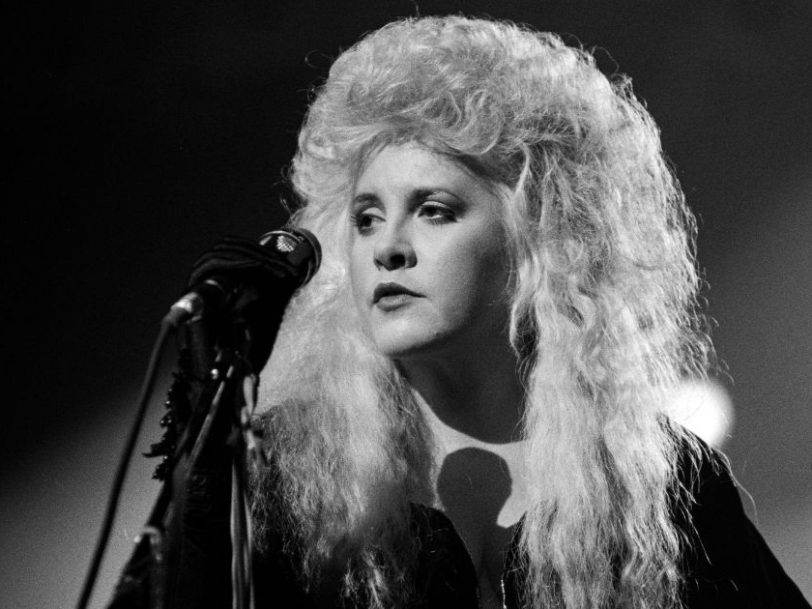“Rooms On Fire is about me,” Stevie Nicks told the BBC in 1989, speaking of her new single, the first from her album The Other Side Of The Mirror. “A girl who is a rock’n’roll star who has pretty much accepted the fact that she will never ever be able to be married, or have those children that she wanted, or the husband that she wanted, or that deep, deep love that she wanted – and she’s accepted it.”
Listen to the best of Stevie Nicks here.
The inspiration: “He was different from anyone else I had ever known”
By the late 80s, the Fleetwood Mac icon had experienced more than her share of romantic turmoil. Most recently, she had become involved with Rupert Hine – the producer working on The Other Side Of The Mirror and Rooms On Fire. In the liner notes to Timespace: The Best Of Stevie Nicks, Nicks says Rooms On Fire was written for and inspired by him. “There was a connection between us that everyone around us instantly picked up on, and everyone was very careful to respect our space,” she wrote.
“The night I met Rupert Hine was a dangerous one,” she also wrote. “He was different from anyone else I had ever known… he was older, and he was smarter, and we both knew it.”
The writing: “We had made a spiritual agreement to do a magic album”
When Nicks hired Hine to produce her, “it seemed that we had made a spiritual agreement to do a magic album”, she has recalled. Nicks, her musicians and Hine went to the Netherlands for four and a half months, creating the album while living in a Dutch castle nestled in the mountains. “It always seemed to me that whenever Rupert walked into one of those old, dark castle rooms, that the rooms were on fire,” she later reflected.




